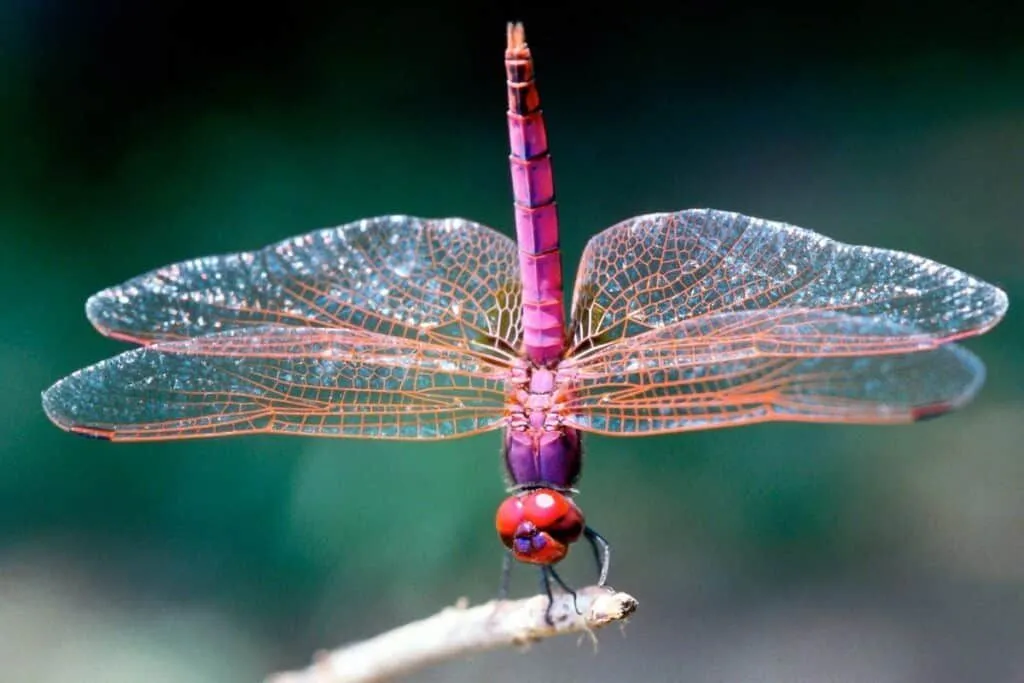These Plants Will Turn Your Garden Into a Dragonfly Paradise — Here’s What to Plant

Dragonflies, often called “nature’s mosquito hawks,” aren’t just cool to watch—they also help keep mosquito numbers down. Seeing them in your yard is a sign that your little patch of nature is doing well. By inviting these nimble fliers over, you’re naturally cutting down on pesky bugs while adding an extra layer of life to your garden.
Attracting Dragonflies With Aquatic Plants
One sure-fire way to lure dragonflies is to add some water-loving plants to your space. Water lilies, like Nymphaea odorata with its fragrant white blooms and Nuphar lutea sporting yellow flowers, offer inviting spots for females to lay their eggs. Plus, these plants boost the insect life that dragonflies feed on.
Fanwort (Cabomba) is another great pick that does well both underwater and just peeking above the surface. Varieties such as Cabomba caroliniana, which handles different pond setups, and Cabomba aquatica, perfect for smaller water features, give dragonflies plenty of places to perch and hunt. On top of that, fanwort helps keep algae growth down, keeping your water clear.
The arrowhead plant (Sagittaria) brings bold leaves and delicate flowers to the mix—making it a favorite for dragonflies. With species like Sagittaria latifolia, common in North America, and Sagittaria sagittifolia, suited for larger ponds, these arrow-shaped leaves even create a safe haven for larvae to grow.
Flower Power for Dragonflies
Beyond the water, certain flowering plants can make your garden even more dragonfly-friendly. Black-eyed Susan (Rudbeckia hirta) lights up your yard with bright, sunflower-like blooms that attract a host of pollinators. Varieties such as Rudbeckia fulgida, known for its long blooming period, and Rudbeckia hirta, sometimes referred to as the gloriosa daisy, offer tall stalks that serve as comfy perches.
Coneflowers (Echinacea) add a splash of color along with a functional edge—their spiky centers and petals draw in good insects that dragonflies love to spy on. Both the medicinal Echinacea purpurea and the lighter Echinacea pallida provide great lookout posts for these flying hunters.
Late-season bloomers like asters are worth a shout-out too. They form tight clusters that serve up nectar when other food sources start drying up. Species such as Aster novi-belgii, known for its blue and violet shades, and the European native Aster amellus keep your garden vibrant as the seasons change.
Native Grasses: A Spot to Hang Out
Bringing in native grasses and wild plants sets up an inviting hangout for dragonflies. Swamp milkweed (Asclepias incarnata) does well in moist soil along pond edges and features pretty pink blooms that draw a variety of insects. Other types like Asclepias tuberosa, known as butterfly weed, and Asclepias syriaca can thrive in differing conditions.
Wild celery (Vallisneria americana) is a common sight in lakes and rivers, offering shelter for dragonfly larvae while keeping the water fresh. Varieties such as Vallisneria spiralis (often called eelgrass) along with Vallisneria americana are perfect for larger bodies of water.
Yarrow rounds out the mix with its flat-topped clusters of tiny flowers that support butterflies, bees, and dragonflies alike. Whether it’s the drought-tolerant Achillea millefolium or the taller Achillea filipendulina, yarrow adds a rugged charm to any landscape.
Smart Landscaping for More Dragonflies
Creating a dragonfly-friendly space means tweaking your landscaping a bit. Building small or medium-sized ponds with shallow areas sets the stage for larvae development. Keeping up with regular maintenance to preserve water quality goes a long way, and adding a few rocks or logs gives the dragonflies handy spots to rest on.
Mixing up your plant choices is another smart move—different heights and textures help keep your garden lively all year long. Instead of going for one type of plant, try rotating bloom periods to maintain a dynamic habitat.
Finally, avoid using pesticides since they can hurt non-target critters like dragonflies. Natural options such as neem oil or insecticidal soap work better for keeping your garden balanced and your dragonfly visitors coming back for more.
By mixing these ideas into your garden design—whether by choosing specific plants or going with sustainable practices—you’ll create a welcoming spot where dragonflies can do their thing while adding a vibrant mix of wildlife to your backyard.